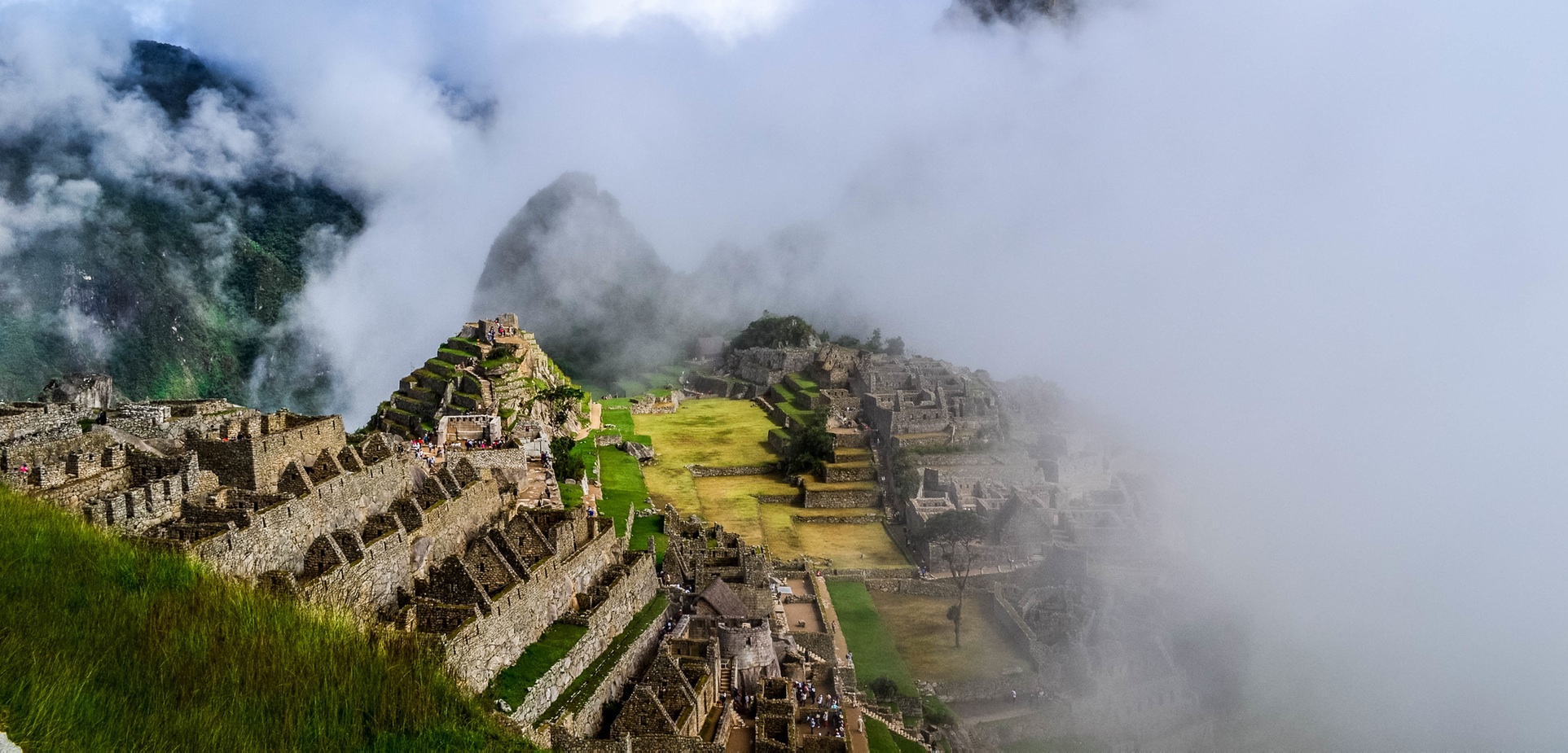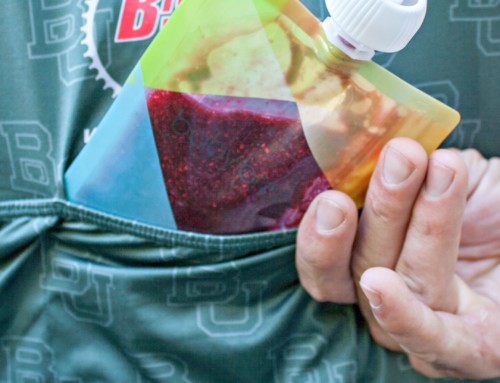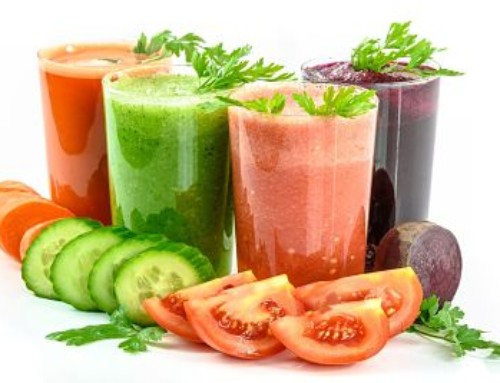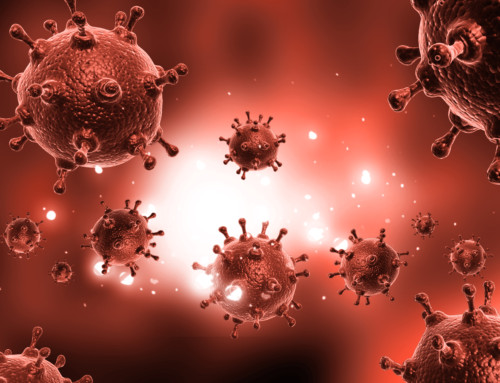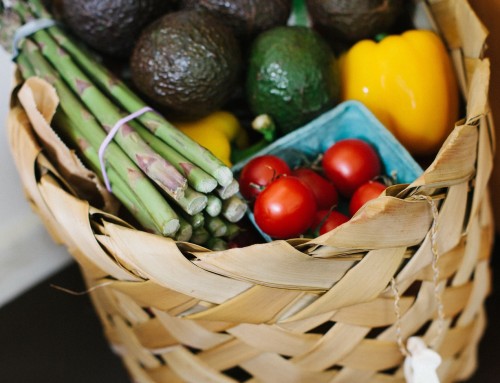Looking for an excuse to indulge in a chocolate bar? Maca Chocolate might be your new favorite snack!
Written by: Em Wooden
If you were to venture to Peru and hike the Andes, you would find yourself faced with breathtaking views and a harsh environment. Machu Picchu attracts more than 800,000 international tourists each year, and with good reason: the Peruvian Andes provide a truly unique hiking experience. More than 12,000 feet above sea level, where the air contains less oxygen and the barometric pressure is considerably lower, you might just stumble across the plateaus where maca is farmed. The wind is strong, the nights are cold, and the days are sweltering; this unique landscape provides the perfect habitat for the resilient root vegetable. In fact, it has been thriving in these Peruvian mountains for well over 1,000 years. Maca was mentioned by Cieza de Leon in his writings from 1553 when he and several other Spaniards arrived in Peru. This appears to be the first time that anyone wrote about it. One hundred years later a priest named Father Cobo wrote in depth about the plant and its medicinal properties.
Related to radishes and potatoes, maca is full of fiber, amino acids, and a whole slew of vitamins and minerals. While a wide variety of scientific studies have been conducted, natives of central Peru have discovered many of maca’s positive impacts on the human mind and body just through including the plant in their diet. Some people choose to supplement their diet with maca because it energizes and stimulates vitality. These effects have been studied in comparison with a placebo, and participants who ingested maca scored significantly lower on an anxiety inventory and a depression inventory than those who did not. Maca is also used to increase memory and athleticism, and to help with libido and fertility in both humans and livestock. Regular ingestion of maca can even help prevent skin damage from ultraviolet radiation. There has been some debate over whether or not it can combat certain types of cancers, but the Memorial Sloan Kettering Cancer Center claims that there is not sufficient research to back up this claim. However, several studies have indicated that maca is absolutely helpful in other ways. In 2002, for example, a study conducted by the Center for Research on Medicinal Plants and Functional Foods found that maca exhibits antioxidant activity. Perhaps this research influenced the significant rise in Peru’s exportation of the root between 2001 and 2010. During that time the amount of money spent annually on maca exports from Peru jumped from less than 1.5 million dollars to more than 6 million dollars.
 While it can certainly be prepared similarly to its relatives, maca is often sold in powder and capsule form, which makes it easy to ingest 2,500 milligrams each day as suggested by Vega. For those of you out there with a sweet tooth, Vega also produces Maca Chocolate, which we carry in the clinic. While the cons of chocolate’s sugar content often outweighs any pros, we believe that a dark chocolate bar that contains 4,000 milligrams of maca and only 9 grams of sugar is a very good thing. The maca that is used in these chocolate bars is gelatinized, which makes it easier for you to absorb the nutrients (despite the term, gelatinization does not involve gelatin—Maca Chocolate, like all Vega products, is vegan). To make things even better, Vega assures consumers that their organic maca is grown and harvested in a sustainable manner.
While it can certainly be prepared similarly to its relatives, maca is often sold in powder and capsule form, which makes it easy to ingest 2,500 milligrams each day as suggested by Vega. For those of you out there with a sweet tooth, Vega also produces Maca Chocolate, which we carry in the clinic. While the cons of chocolate’s sugar content often outweighs any pros, we believe that a dark chocolate bar that contains 4,000 milligrams of maca and only 9 grams of sugar is a very good thing. The maca that is used in these chocolate bars is gelatinized, which makes it easier for you to absorb the nutrients (despite the term, gelatinization does not involve gelatin—Maca Chocolate, like all Vega products, is vegan). To make things even better, Vega assures consumers that their organic maca is grown and harvested in a sustainable manner.
As with any other supplement, make sure you read the label carefully and speak with a medical professional if you have any questions or concerns. For more information about supplements, give us a call and set up an appointment with our Registered Dietitian, Alex Borsuk, or either of our Naturopathic Physicians, Shena Vander Ploeg or Kai Herman. And if you decide it’s time to summit the Andes and check out the maca farms for yourself, you might want to pay a visit to our Altitude Training Room. You’ll be ready for the elevation in no time!
Sources:
Gonzales, Gustavo F. (2012). Ethnobiology and Ethnopharmacology of Lepidium meyenii (Maca), a Plant from the Peruvian Highlands. Evidence-Based Complmentary and Alternative Medicine, 2012, 193496. http://doi.org/10.1155/2012/193496
Machu Micchu Trek. (2014). How Many Tourists Visit Machu Micchu Annually?. Retrieved from: http://www.machupicchutrek.net/how-many-tourists-visit-machu-picchu-annually/
Memorial Sloan Kettering Cancer Center. (2016). Maca. Retrieved from: https://www.mskcc.org/cancer-care/integrative-medicine/herbs/maca
P Kotosolopous. (2014, Oct 8). Peggy K’s Top 5 Health Benefits of Maca
Universidad Nacional Agraria de la Selva, Center for Research on Medicinal Plants and Functional Foods, Tingo Maria, Peru Food Chemistry (Impact Factor: 3.39). 11/2002; 79(2):207-213. DOI: 10.1016/S0308-8146(02)00133-4
Vega. (n.d.). Vega® Maca. Retrieved from https://myvega.com/products/vega-maca/
Vega. (n.d.). Vega® Maca Chocolate. Retrieved from https://myvega.com/products/vega-maca-chocolate/?gclid=COSV74Sq0MsCFYlrfgodNUMHow
Web MD, LLC. (2016). Find a Vitamin or Supplement: Maca. Retrieved from: http://www.webmd.com/vitamins-supplements/ingredientmono-555-maca.aspx?activeingredientid=555&

